- News
- Reviews
- Bikes
- Components
- Bar tape & grips
- Bottom brackets
- Brake & gear cables
- Brake & STI levers
- Brake pads & spares
- Brakes
- Cassettes & freewheels
- Chains
- Chainsets & chainrings
- Derailleurs - front
- Derailleurs - rear
- Forks
- Gear levers & shifters
- Groupsets
- Handlebars & extensions
- Headsets
- Hubs
- Inner tubes
- Pedals
- Quick releases & skewers
- Saddles
- Seatposts
- Stems
- Wheels
- Tyres
- Tubeless valves
- Accessories
- Accessories - misc
- Computer mounts
- Bags
- Bar ends
- Bike bags & cases
- Bottle cages
- Bottles
- Cameras
- Car racks
- Child seats
- Computers
- Glasses
- GPS units
- Helmets
- Lights - front
- Lights - rear
- Lights - sets
- Locks
- Mirrors
- Mudguards
- Racks
- Pumps & CO2 inflators
- Puncture kits
- Reflectives
- Smart watches
- Stands and racks
- Trailers
- Clothing
- Health, fitness and nutrition
- Tools and workshop
- Miscellaneous
- Buyers Guides
- Features
- Forum
- Recommends
- Podcast
feature
A bit of biking in the Baltics
“Your honey beer, my lord,” says the young male servant, placing a stone tankard on the table in front of our guide leader, Linas.
The last evening of our cycling trip in the Baltics with adventure holiday company Explore is turning out to be quite different – and the night is young. We still have the Estonian Sex Pistols fan – a very good advert for why you shouldn’t overdo the vodka – the sweary-but-genial Mancunian guitarist ‘entertaining’ punters with his take on Bob Marley, and the Depeche Mode-themed bar to come…
We're in the beautiful port of Tallinn in Estonia, the last and most northerly stop on a slightly condensed version of Explore’s Cycling the Baltic States holiday, eating our last supper in Olde Hansa, a medieval inn, and being entertained by a band of bagpipe-playing troubadours. In front of me is a dish of wild boar and elk. I decided against having bear.
To be honest, it’s probably the perfect way to end what has undoubtedly been the most unusual cycling trip I’ve ever been on.
Earlier in the week we'd visited an abandoned Soviet nuclear missile launch site in Lithuania, a hill in the middle of nowhere covered in a higgledy-piggledy collection of crosses, and a nuclear bunker in Latvia, only opened to the public in 2003 and perfectly preserved.
Easy does it
Another thing that makes it unusual as a cycling trip – at least compared with any I've been on – is the amount of driving involved. Because you're visiting all three Baltic countries, starting in Lithuania, crossing into Latvia, and ending in Estonia, there’s a fair distance to cover; if you want a taste of what these fascinating former Soviet Bloc countries have to offer, it’s just something you have to accept.
Explore classes the trip as ‘Easy’, and looking at the standard trip description rather than our condensed press-trip version, the longest daily cycling distance is 42km.
The company offers more challenging holidays for experienced cyclists – on road, off-road, point-to-point, guided and self-guided – but for non-cycling partners or friends, the amount of time in the saddle on this one is about right; it would certainly have appealed to my husband before he really took up cycling, when he’d moan at having to ride more than 20 or 30 miles.
The low daily mileage also means there’s plenty of time for stopping and exploring rather than having to push on to get to your destination before night falls or just to stay ahead of the broomwagon.
Lithuania learning curve
After a slight hiccup involving a missed connecting flight and a four-hour taxi ride from Riga airport, we arrive at Vilnius, the capital of Lithuania – first stop on what would normally be a nine-day holiday, which we are condensing into seven.
We should have arrived early enough in the afternoon that we could have visited the city’s KGB museum, but reaching our hotel tired and hungry, we choose the ‘straight to the restaurant’ option offered by Linas, our Lithuanian guide for the trip.
At Senoji Trobele, we’re introduced to some of the region’s specialities by our very genial host, including delicious cold meats (I’m not keen on the rather chewy pig’s ears), cheeses, black bread, and ‘zeppelins’ – a sort of meat-filled gnocchi, I think, washed down by memory-fuzzing local beer and ‘999’ herbal liqueur…
As we walk home from the restaurant, Linas – who is in his 50s and grew up under Soviet occupation – gives us a brief tour of the historic capital, which is full of beautiful buildings and squares that deserve more than an hour or so’s attention.
He also tells us, over breakfast the next morning, some interesting facts about the hotel where we’re staying.
Before the collapse of the Soviet Union, the Panorama had been one of only two hotels in Vilnius where foreign visitors were allowed to stay. If you had people coming from outside the Soviet Union, even if they were relatives, they couldn’t come and stay in your house, it had to be one of these two hotels.
“And of course all the rooms were bugged,” he says. “And sitting here, at the breakfast table, there would have been listening devices, the KGB recording all conversations.”
I also learn that, if you had friends or relatives living just across the border in Poland, even just a few miles away, to visit you they wouldn’t have been able to just ‘cross’ the border, they would have had to fly to Moscow first, then to maybe Riga or Vilnius…
It’s all a little sobering. And fascinating.
A little later in the trip Linas confesses he's glad that we missed the KGB museum; I’d laughed to my husband at the idea of this being on a ‘holiday’ itinerary, but for people who’d lived through those times it wasn’t quite so amusing. Especially if your father was one of the many who’d been sent to Siberia.
Rain, rain go away…
Another thing I learn is that Lithuania in Lithuanian – Lietuva – shares its roots with the Lithuanian word for rain: lietus or lietis. Funny that…
It’s a little misty as we set off on our first short ride of the trip at Trakai, a national park to the west of Vilnius. We’re cycling to a pinky red castle on a lake, whose pointy towers and wooden drawbridge bring to mind Disney fairy tales. It was once home to Vytautas, ruler of the Grand Duchy of Lithuania in the 14th and 15th centuries.
We follow a cycle path next to the road and then – following Linas’s lead and local knowledge – completely ignore the ‘no cycling’ signs in the park and continue to a beautiful old mansion on the lakeside, with a slightly misty view of the castle.
A forest track that is more forest than track in places – and makes the choice of hybrid bike a very good one – takes us back to the road and we then cycle to Trakai town itself, where a triathlon is taking place.
Oh the joy of a bike! As we cycle past the queues of cars, crossing the roundabout which is closed to them but open to us, we reach the castle ahead of the coachloads of tourists and are able to enjoy it in relative peace, before retiring to a nearby ‘Karaim' restaurant.
Trakai is one of the last remaining strongholds of this ancient Turkish people, originally brought to the area from the Crimea by Vytautas. We sample some traditional Karaim fare, and very tasty it is too, though it looks suspiciously similar to Cornish pasties…
A little more cycling round the lake and then it’s time to hop back in the minibus, bikes in the trailer, and set off on what should be the first – but is the second for us flight-missing folk – major drive across the country: to the port of Klaipeda in the west, on the Baltic Sea. And to break the journey up, we’ll stop and do a bit of sightseeing along the way.
Eyes on storks
Lithuania – and Latvia and Estonia – are pretty flat in terms of topography. Much of it is forested, but many, many acres are big, open fields that were once small farms, their hedges grubbed out and buildings removed as the state took control and changed the whole scale of agriculture. It does mean the landscape has a lovely openness – like a more rolling East Anglia, perhaps. With storks. So many storks.
The traditional buildings are interesting too; with a lot of the raw material around, it’s not surprising that many of the older houses are wooden. They have an attractive clapboard look, some looking a little more clapped out than others. Many have a distinct charm that would have them snapped up for a million or two if it was leafy Surrey.
But this isn’t leafy Surrey, and one of the stark reminders of that is where we stop to do our sightseeing.
It’s not often you get the chance to go inside an old Soviet nuclear missile site.
As the Soviet Union began to collapse, Plokstine Silo – now a museum – was simply abandoned; the Soviets moved out and the locals moved in, pilfering any valuable materials they could find. Fortunately, there’s still a lot left to see, such as staring down into the hole where a nuclear missile sat, ready for launching, the coordinates around the top relating to various enemy countries to the west (200 was Spain, apparently).
Spit in distance
Arriving in Klaipeda, our slightly sombre mood is lifted by dinner on the 20th floor of our hotel, offering huge views over the port and to the Curonian Spit – a long, sandy stretch of land that reaches south to… Russia. Yep, not wanting to lose all its Baltic coastline, Russia has retained an ‘outpost’ between Lithuania and Poland, called Kaliningrad. (If you want to visit, Explore has a holiday.)
The Curonian Spit is our cycling destination the next day. A quick ferry crossing and short bus ride takes us – via the distinctly odd ‘Hill of witches’ (a walk, not a cycle) – to a suitable stopping point where we can start riding along EuroVelo 10, the Baltic Sea Cycle Route.
The long sand dune spit is a UNESCO World Heritage site, and owes its survival partly to a 19th century ‘post station owner’, who apparently realised the only way to prevent the whole thing shifting into oblivion was to stabilise it by planting pine trees. It’s now a birdwatcher’s paradise, although the huge heron and cormorant colony we park next to is threatening to cause the death of its own habitat, the birds’ acid urine killing the very trees they perch and nest in.
We ride south, with the Curonian Lagoon on our left, the Baltic Sea on our right, on our way stopping to climb the most enormous sand dune. The wind is incredibly strong, and while we’re amazed at how quickly the sand starts to cover our shoes and socks, it makes it easier to understand how whole villages had to be relocated when residents eventually gave up the fight of having to remove drifts that continually threatened to cover their houses, preventing them from opening their doors or windows. Imagine that, every morning before work…
After enough cycling to build up an appetite, we arrive at the charming fishing village of Nida, where we sample some amber liqueur at the amber museum (hmm… a bit like drinking alcoholic toilet cleaner, amber being the fossilised remains of pine resin). We then move on to a more appetising fish restaurant and tuck into various smoked treats.
A short post-lunch ride followed by an on-foot climb takes us up high to an enormous sundial at Parnidis where we can look south towards Kaliningrad and see the Russian border.
At this point, on the standard trip you can choose to cycle all the way back to Klaipeda, but it’s not an option for us, so as soon as we meet up with our minibus and trailer, it’s back to the hotel for a quick turnaround and more sampling of local fare.
Local knowledge
The next morning, it’s raining, and on a day when a long minibus ride would be the attractive option, it’s just 10 minutes’ drive before we’re pulling on waterproofs and setting off north, again on EuroVelo 10. It’s not quite as quiet as the Curonian Spit section – in fact, it’s on quite busy roads, with great big puddles everywhere. We’re all bravely trying to ignore the rain, chatting and cheering ourselves on, trying to keep out of car drivers’ way, when Linas calls us to a halt and gives us a telling off.
One of the tricky things about cycling in a foreign country is that you don’t necessarily know the laws and customs of the road. In the UK it’s legal to ride two abreast, and it can be a good idea to keep in a short ‘car-sized’ bunch.
In Lithuania – and Latvia and Estonia – you ride single file, as close to the edge of the road as you can. “If you’re riding out from the kerb and a car hits you, it will be your fault,” warns Linas. “And many of the drivers will also still be drunk from the night before.”
Slightly abashed, I think we’re all quite relieved when EV10 takes us off the tarmac and into the woods again.
There’s a fair amount of cycling on the cards this day, coinciding perfectly with the rain, but because much of the route is through Giruliai Forest we’re quite well protected from the weather. Too cold and wet to take up Linas on his offer of showing us an old lifeboat station, we opt to carry on as quickly as we can to Palanga, where there’s the promise of a hot meal in a Soviet-era-style self-service ‘canteen’.
On the way we do stop off at the Amber Museum, though I don’t think I’m alone in being more interested in its extremities-warming properties than its educational aspects. I’d even have given the amber nectar another go if it had been on offer…
Souped up
The previous night we’d had a meal in a restaurant so posh the waiter wore white gloves. Today, the sign on the canteen window says (in Lithuanian): ‘Two courses, 3 euros.’
After peeling off our soggy clothes, we tuck into the various choices taken: I’ve gone for cabbage soup to start, followed by goulash, washed down by tomato juice. It’s all absolutely delicious and EXACTLY what I wanted. Marius, the boss of Baltic Blues Adventure, which runs the trip locally for Explore, has also arranged a shot each of ‘Palanga Trauktine’ – a bit like 999 but more fiery. That also hits the spot.
By the time we’ve finished, the sun has come out, and we make our way carefully down the busy main street to the beach. It’s a popular tourist spot, and not dissimilar to a UK scene of plucky holidaymakers making the most of a bit of sunshine, even if the wind is a bit chilly, the candyfloss liable to get stuck in the hair…
And then we ride north on mostly well-surfaced cyclepath to Sventoji, where our minibus and trailer await, ready to take us to Riga.
First, though, we have a hill of crosses to stop at. The Hill of Crosses, in fact. Although it sounds religious, and there’s an abbey with a window that looks directly at it, it’s more about freedom. In Soviet times religion was severely repressed, and one of the ways people showed their defiance was by planting homemade crosses on this site. The Soviets removed the crosses, and the people planted more. The site was cleared; more crosses appeared. Today, people are still bringing crosses – everything from tiny handmade pieces to structures you’d imagine must require a lorry to transport.
I even spot a cross made from an old bicycle wheel.
The crossing into Latvia is marked by a sign but no requirement to stop, and after a few more hours of driving we reach Riga, the capital city, and our home for the next two nights.
Ogling oligarchs
Latvia’s population is around 2.4 million, and a million live in Riga. It's not only the largest city in Latvia but in the whole of the Baltic States, a city with a rich heritage, and famous for its art nouveau architecture. If you like swirls and whirls and statues on your buildings, this is the place to come. It's pretty gobsmacking.
It’s in complete contrast to the stark minimalism of the Soviet era architecture, and also to both the modern and older houses we see at Jurmala, on the coast to the west where we start our cycling the next day. This obviously wealthy seaside resort is home to Russian millionaires and ambassadors, with some beautiful old wooden buildings hanging on among the over-the-top confections and modernist cubes.
After cycling up and down various streets lined with gated mansions, we ride on to the beach – and right onto the sand. The hybrid Kalkhoffs again come into their own, their big fat tyres coping well with the sand that’s at times rock hard and bumpy, then soft and swallowy. Finding the optimum surface takes up your concentration, with last-minute dodging of holidaymakers who’ve dawdled into your way keeping you on your toes.
After about 16km of cycling on sand, I’m reminded of why I really like road riding. Nice, smooth tarmac.
Never mind, it’s now time for lunch – and there’s ‘Lost testicles’ on the menu…
I opt for beetroot soup and sausage instead.
Top bunker
Aptly, our last full day sounds very full: a visit to a nuclear shelter, plus five or six hours’ driving to Estonia, then some cycling in a national park, from where we’ll continue to our final destination, Tallinn.
It might seem an odd way to describe it, but the visit to Ligatner nuclear shelter is… hilarious. It’s made so by our guide, Oscar, who apparently gets booked up a year in advance he’s so good. In a slightly scary, ‘are you joking or are you really telling me I can’t take photos’ kind of way…
We learn how this bunker, ‘hidden’ beneath a sanatorium (still operating as such), was designed to house 250 people, including the highest communist party comrades in Soviet Latvia. It took 20 years to build and was only completed in 1982, and today remains pretty much as it was when the Soviets left, its secrecy grading only removed in 2003.
The internal oxygen system still works – and starts with a very loud bang. And when one of our group is locked in ‘her’ office by Oscar, no one quite knows what to do other than abandon her…
On the way out, we spot a cabinet housing a strange mixture of gas masks for sale (“we still have hundreds to get rid of,” Oscar tells us) along with toothpaste and skin creams for the sanatorium patients.
Odd, very odd.
Save the (b)Estonia til last
Estonia is, for me, the highlight of the trip in terms of cycling. We’re following quiet roads rather than cyclepaths, still on EuroVelo 10 at times, riding through villages, farmland, forest and, eventually, next to the sea.
On the standard trip you get two days of cycling here, in Laheema National Park, and it really is lovely. One of the first birds we see has to be an eagle – which is nice – though we don’t spot any brown bears which apparently live in the forest, along with moose, boar, lynx and other wildlife.
All too soon we complete our miles for the day, and for the trip. We put our bikes into the trailer for the last time and crack open some celebratory beers on the minibus as we’re driven to Tallinn – ready for medieval merriment.
Although Estonia – and Lithuania and Latvia – have only been open to tourism and the west for a couple of decades, Tallinn is already bursting at the seams with cruise ship passengers (and cycle tour groups…). And no wonder. Its beautiful, medieval centre is picture-postcard stuff that my photos can’t do justice to.
Rather than just take my word for it, why not book yourself a trip? One with a bit of biking included.
• Tass’s trip was provided by Explore. Its nine-day Cycling the Baltic States holiday starts at £1,199 including flights (£975 trip only). Explore offers 73 cycling trips to 43 countries around the world, from the coast to coast in England to Burma, Cuba, Africa, the Far East… You can choose guided or self-guided, flights included or trip only. Many of the trips are graded ‘easy’, but some are more challenging, including road cycling trips in the Dolomites, and Cycle Italy Coast to Coast.
Tass is our production pedant, who boldly goes hunting for split infinitives, rogue apostrophes and other things up with which she will not put. She joined road.cc in 2015 but first began working on bike magazines way back in 1991 as production editor on Mountain Biking UK, then deputy editor of MTB Pro, before changing allegiance to road cycling as senior production editor on Cycling Plus. She's ridden off-road but much prefers on, hasn't done half the touring she'd like to, and loves paper maps.



























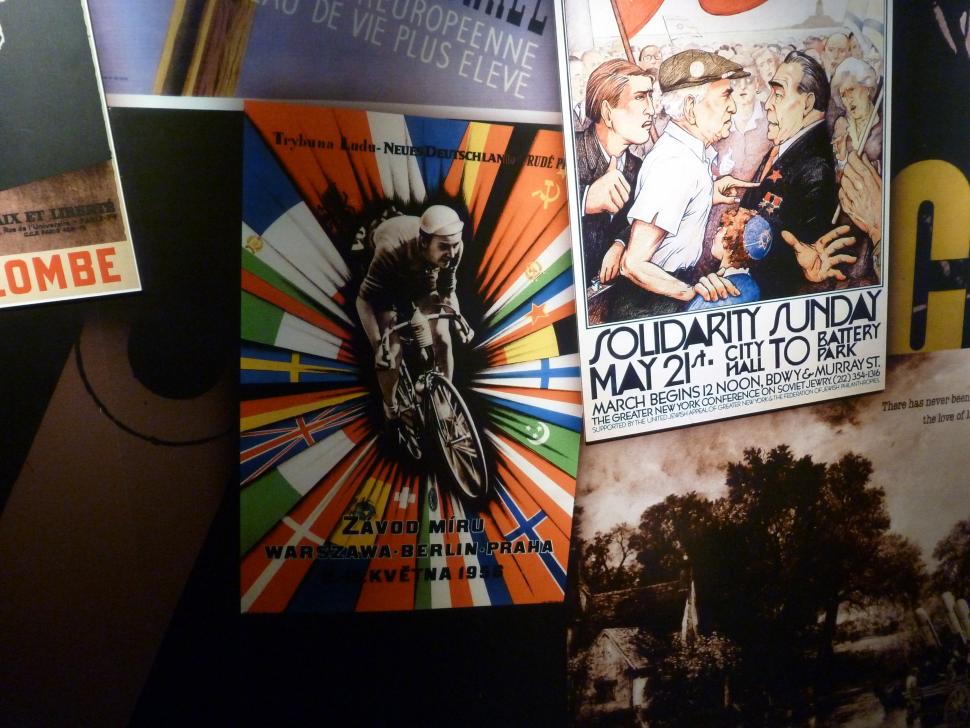

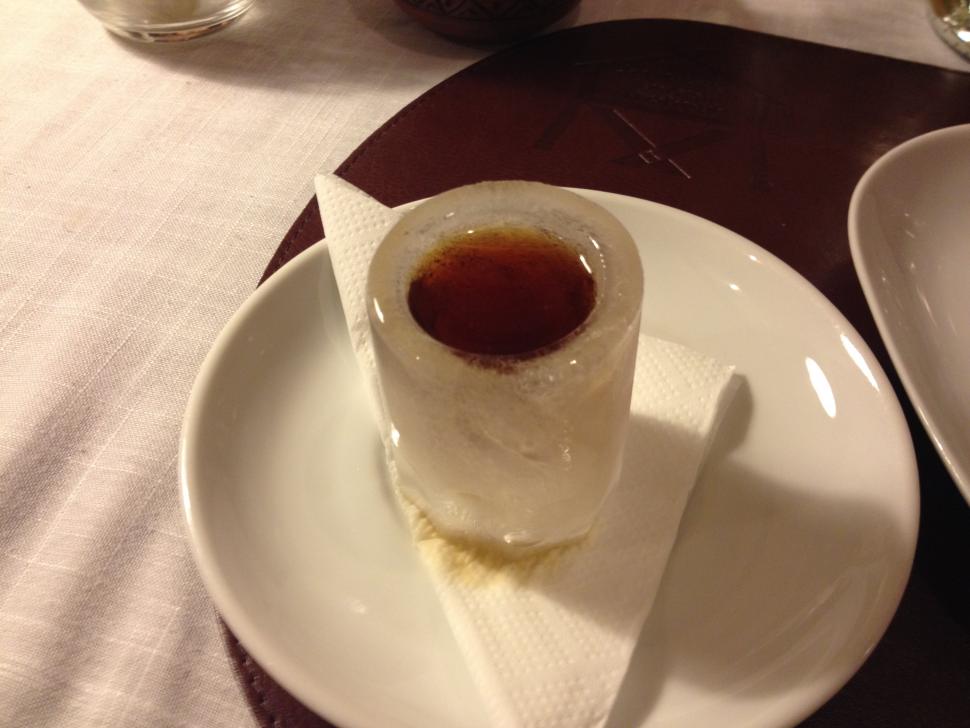
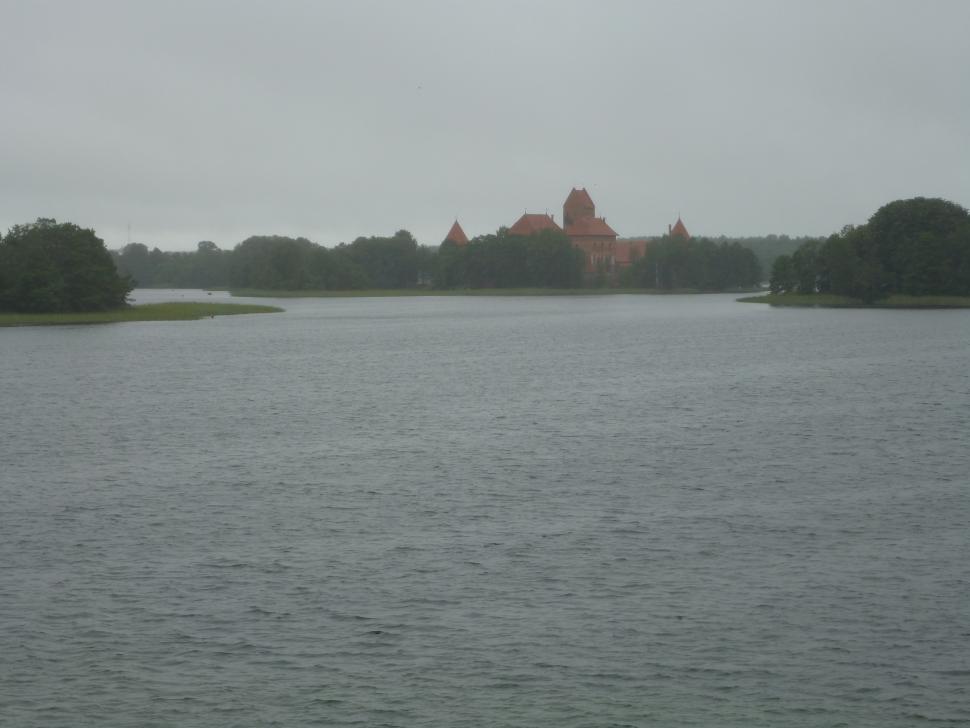
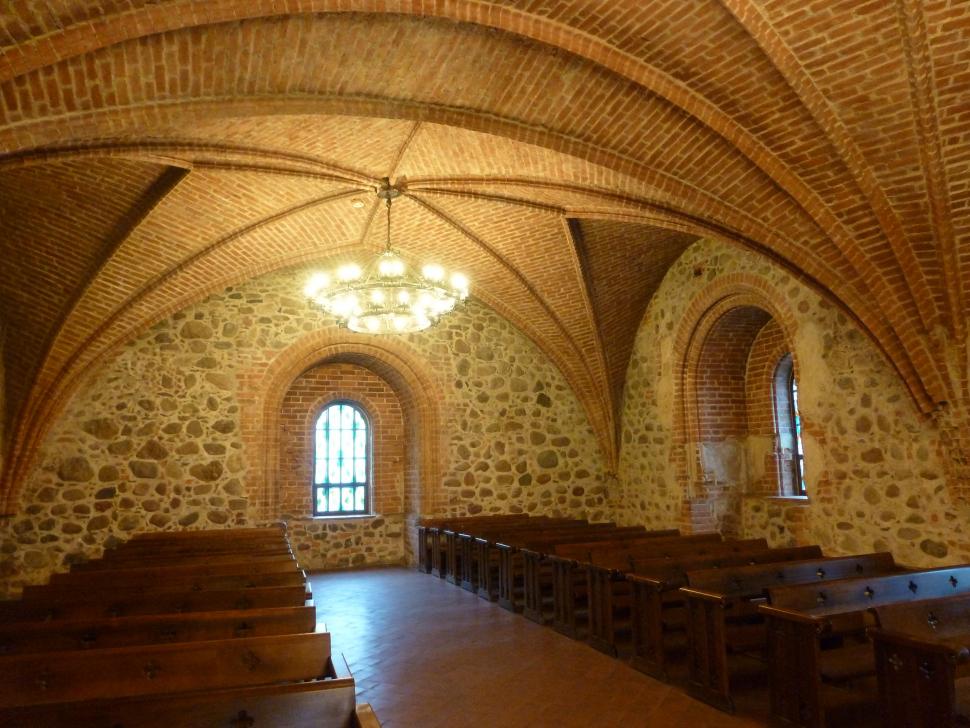


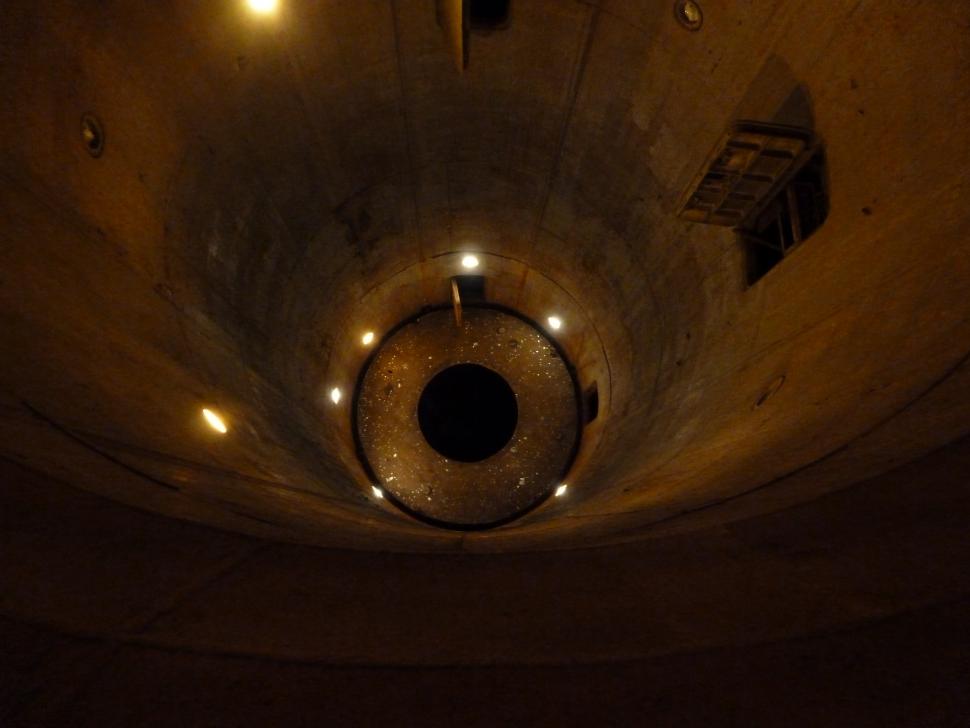

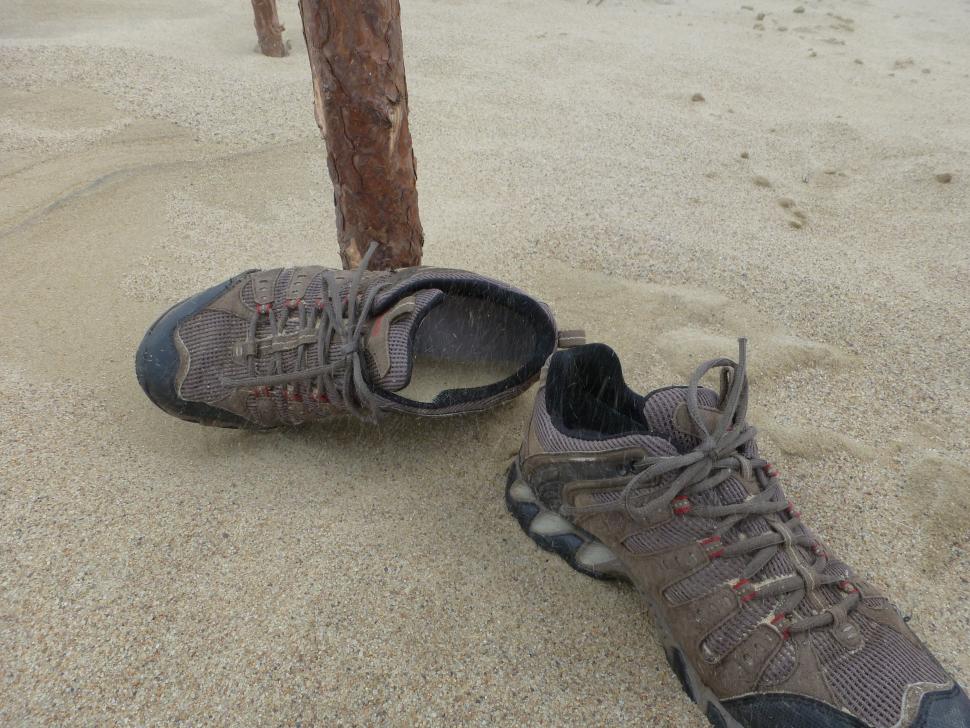
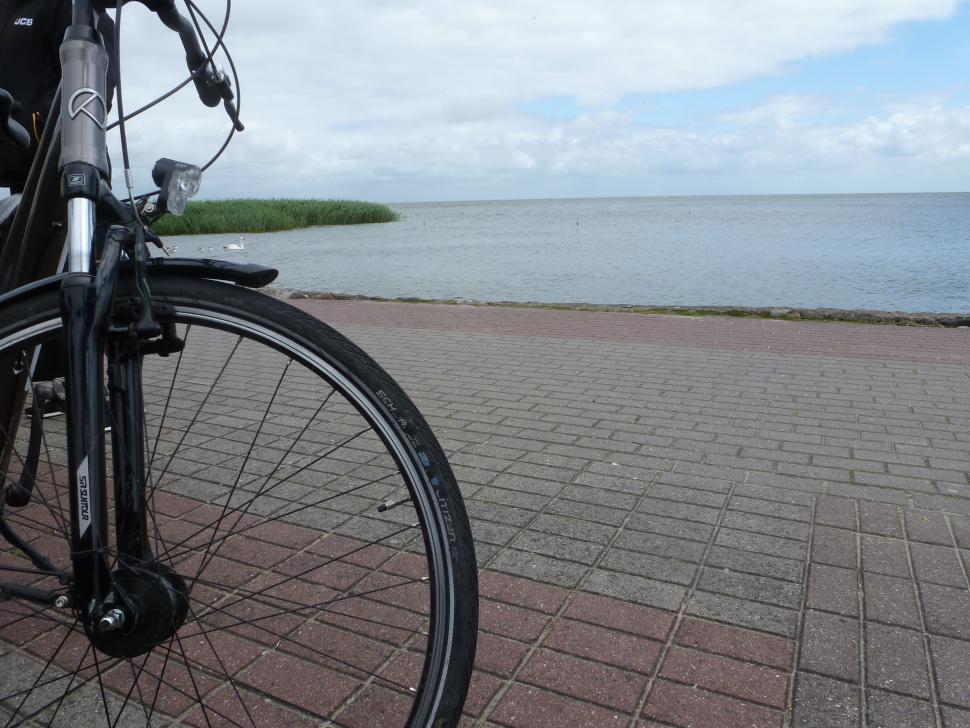
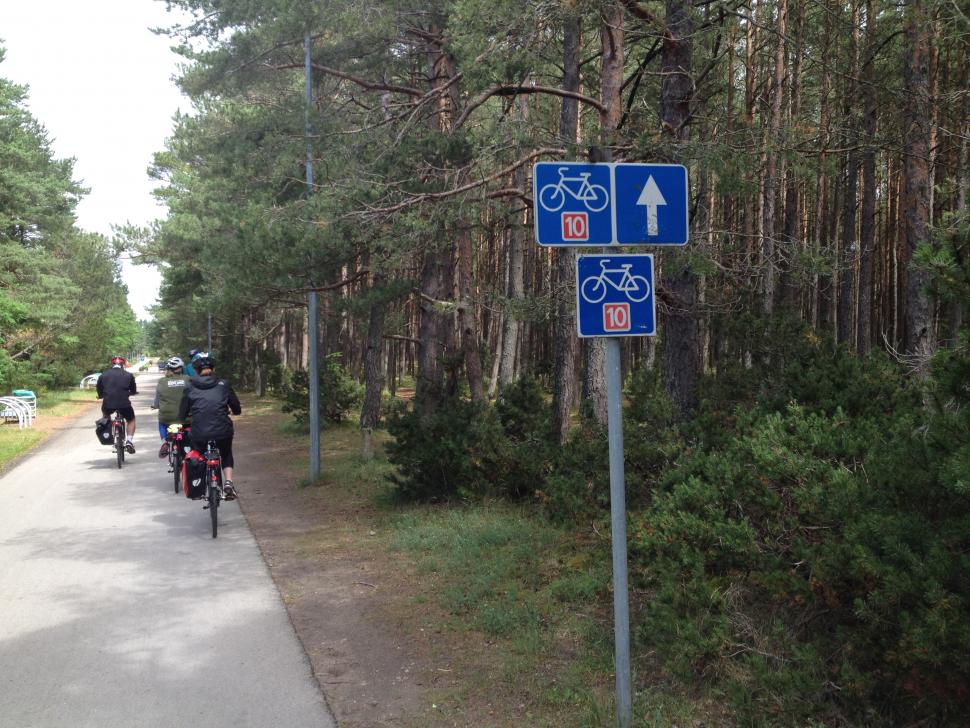
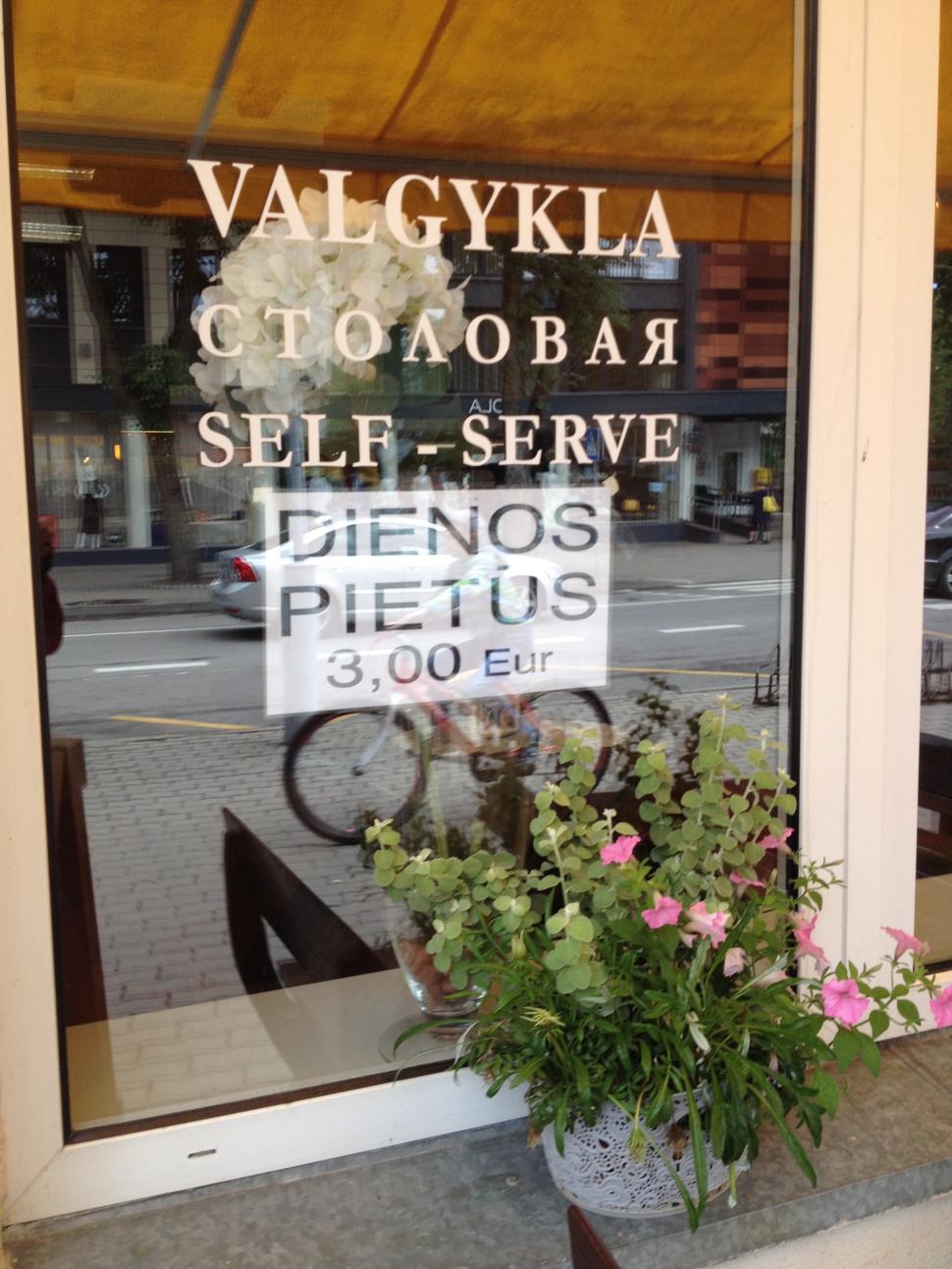

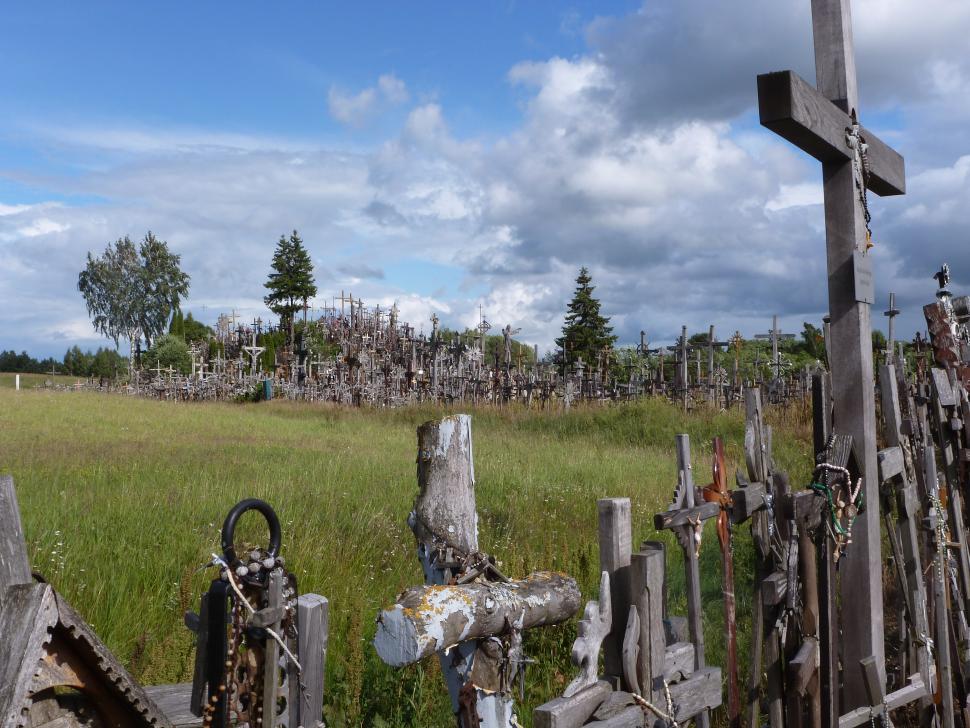


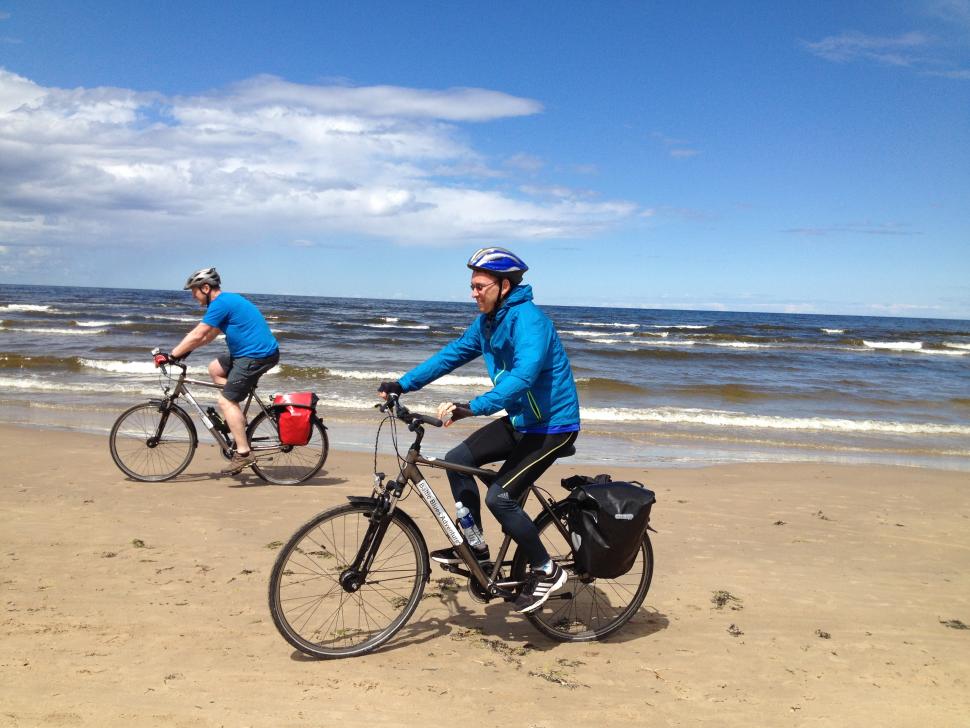
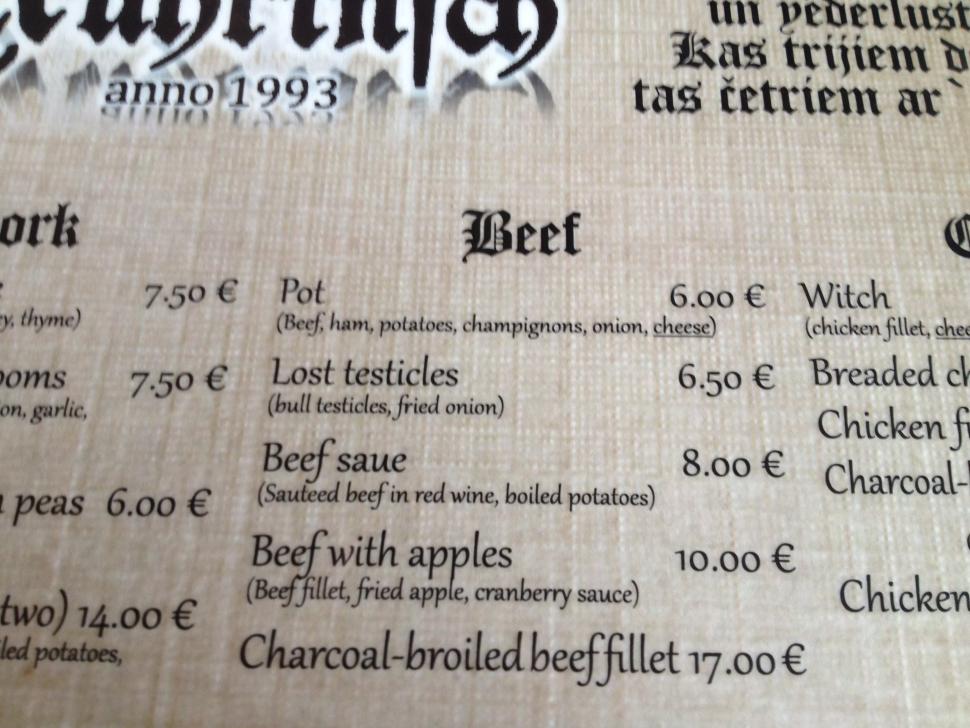
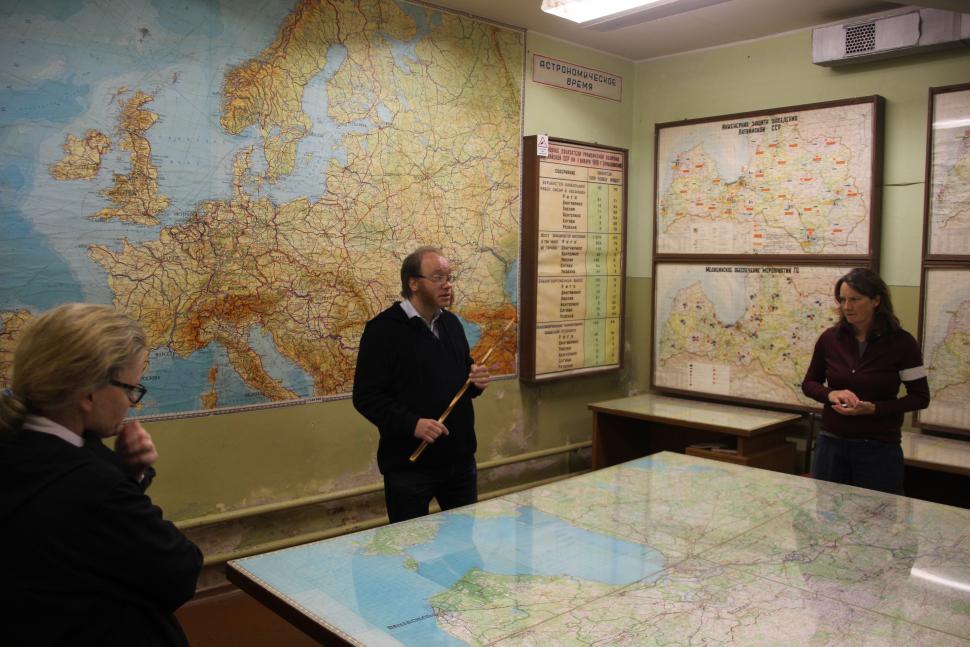
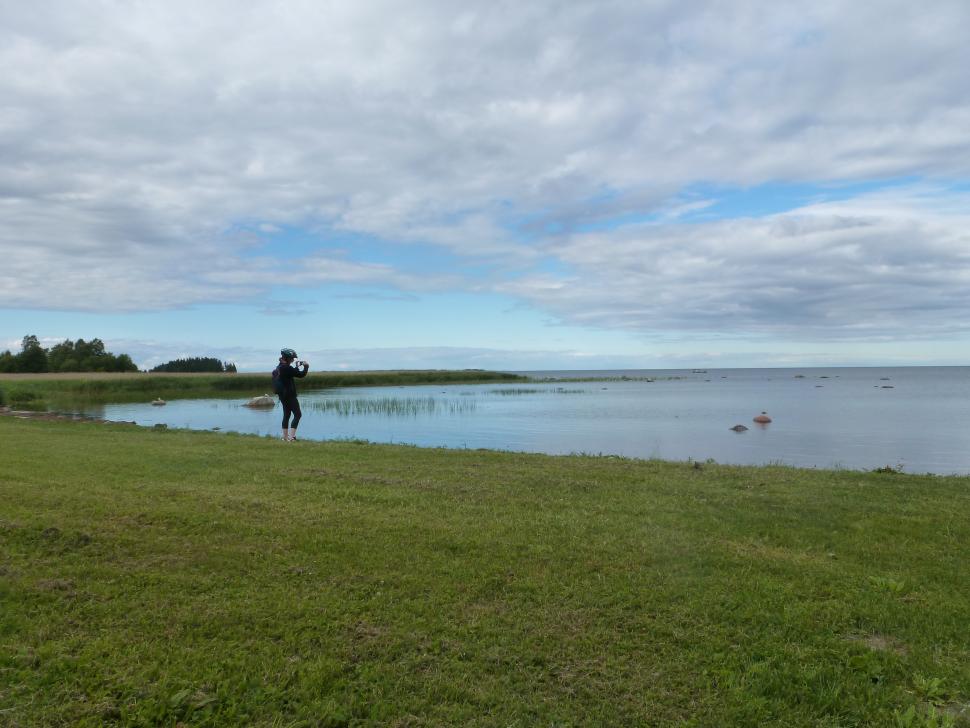
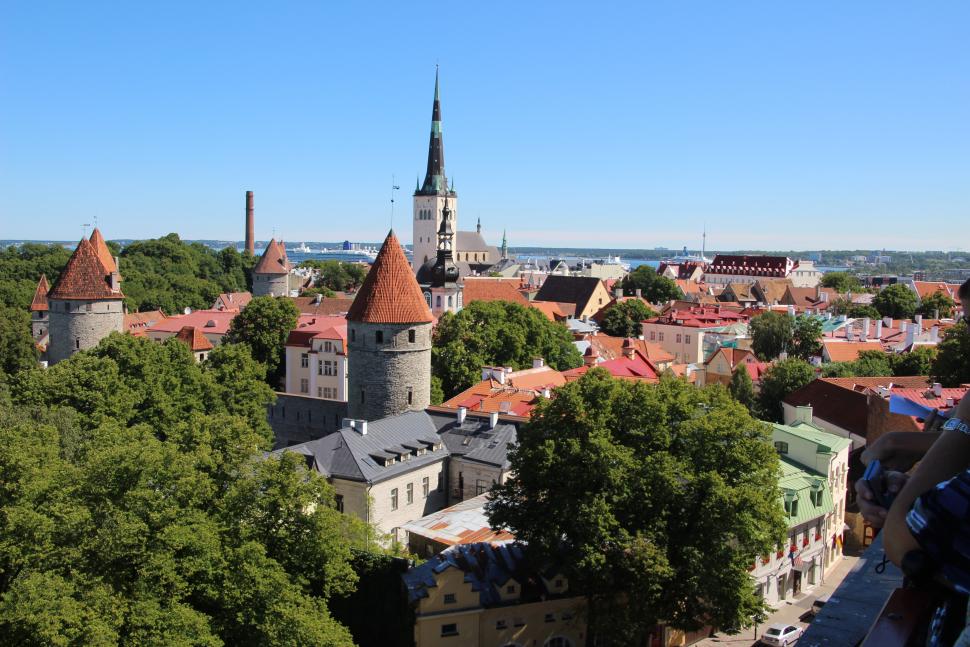
Yepp, fantastic coverage. It seems strange that WBD have forced me to spend less and get better coverage! Thing is, I would have been happy with a...
+1 on saddle height and also check your lateral alignment - everything should be straight and aligned. My bike fit years ago moved my feet to the...
Everything Lezyne sells are really good, especially their pumps, and the Torque Drive. ...
It's not only the UK which suffers from vile louts-VdP is a great athlete who deserves respect!
https://www.youtube.com/watch?v=wOzP87HVCWw
Apart from the fact that you're completely wrong - Decathlon is a French company and has 1045 stores in Europe compared to 50 in the UK - whilst...
Finally tried out the Smart Lever that I did get for Xmas as I had a suspicious looking bubble/bump on my rear GoodYear tyre (don't think I'll buy...
Suitable reply, No Reply.
Further motoring exemptions have been highlighted by a certain celebrity lawyer: needing the loo, being a well-known footballer...
Hi,...